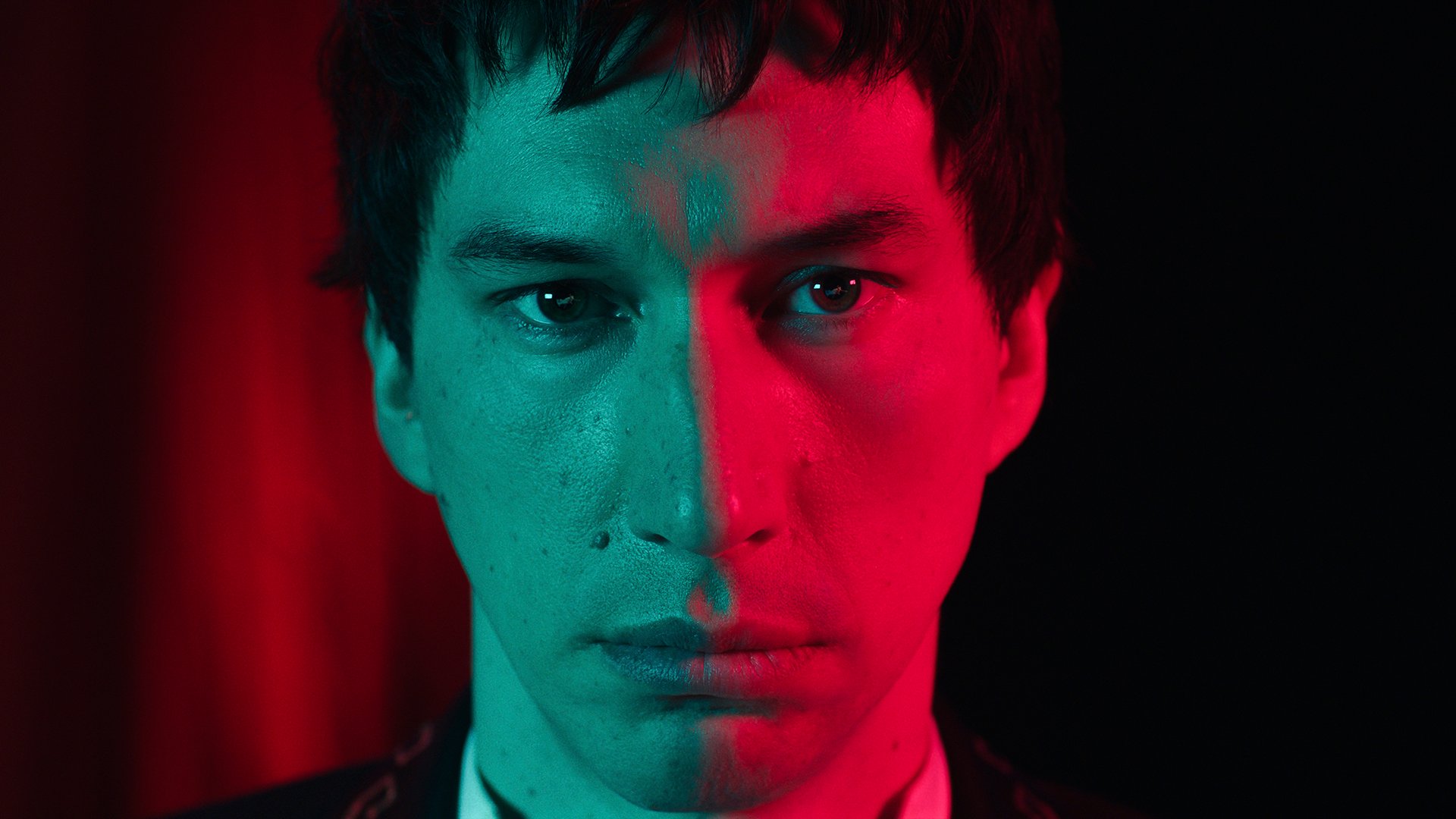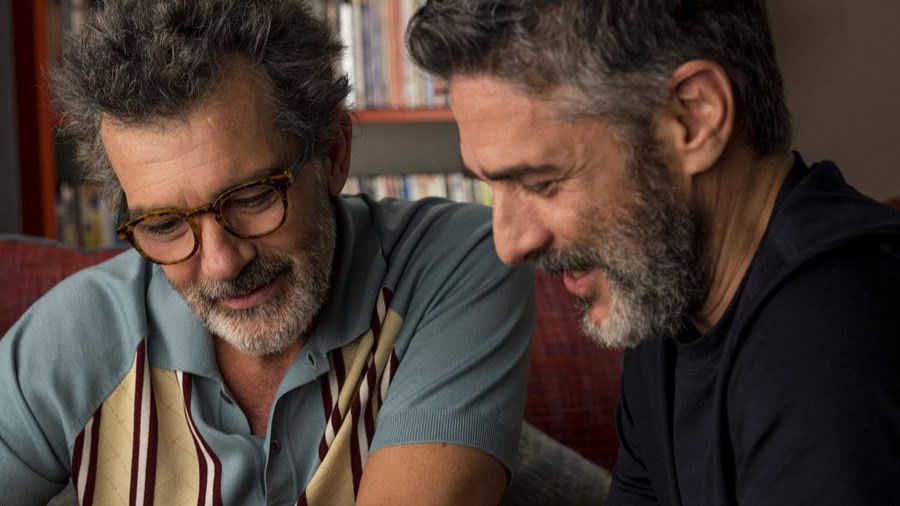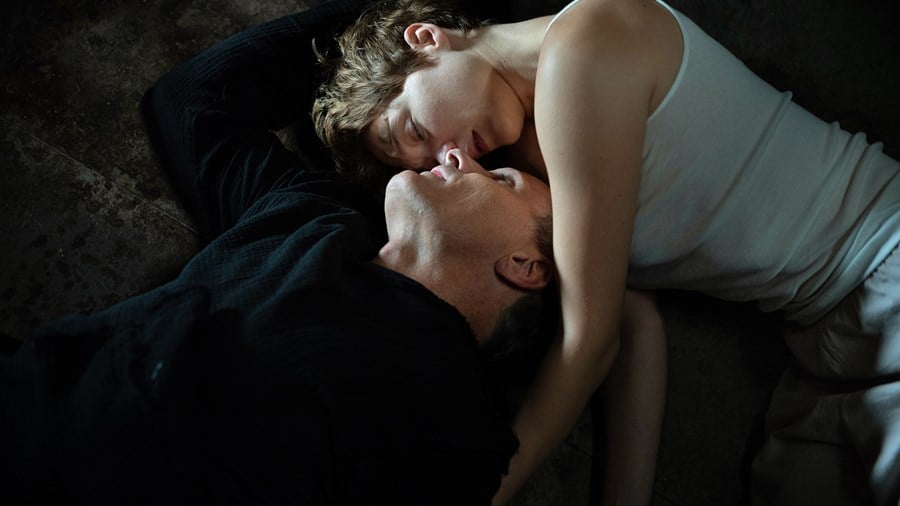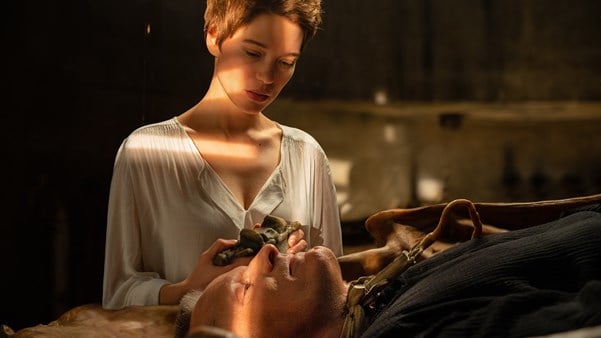As Francis Ford Coppola releases his self-funded opus Megalopolis, Billie Walker explores how aged filmmakers – from Spielberg to Scorsese – are reflecting on themselves and their careers with their latest movies.

As the elder statesmen of cinema embark on their final film projects, there are two roads to travel. One involves reflecting on their personal history with the medium, as in Pedro Almodóvar’s Pain and Glory (2019) and Steven Spielberg’s The Fabelmans (2022). The other requires reckoning with their previous philosophies, as is apparent in David Cronenberg’s Crimes of the Future (2022) and Martin Scorsese’s Killers of the Flower Moon (2023). Francis Ford Coppola, for his part, self-funded his passion project Megalopolis (2024) so he could work outside the restrictive confines of studio demands. The film follows architect Cesar Catilina (Adam Driver), who is desperate to take the City of New Rome into the future; his opposition, Mayor Franklyn Cicero (Giancarlo Esposito), insists on maintaining the status quo. Both Catilina and Coppola question what it means to dedicate your life to artistic creation while espousing an optimism for the future.

While Coppola looks forward with Megalopolis, some of his peers have chosen to cast their eyes back. Spielberg’s The Fabelmans (2022) examines his lifelong fascination with film through a self-reflexive coming-of-age story. It’s an explicitly autobiographical work in which the young Sammy (Gabriel LaBelle), sister Reggie (Julia Butters), mother Mitzi (Michelle Williams) and father Burt (Paul Dano) are all stand-ins for Spielberg and his family, and the film details his parents’ divorce, a formative experience in the director’s young life. This may be Spielberg’s most overtly personal film, but it continues thematic ideas from his earlier work. The director has often been concerned with the breakdown of the nuclear family, as in Close Encounters of the Third Kind (1977), E.T. (1982), Jurassic Park (1993) and War of the Worlds (2005). Even if these storylines only form the peripheries of his action-movie plots, divorce is omnipresent.

The Fabelmans (2022)
The Fabelmans is a roadmap to Spielberg’s childhood and cinematic career. Despite being the only film to tell his family story directly, the movie feels familiar to the audience because it repeats typically Spielbergian imagery. Throughout The Fabelmans, fans will notice recreations of his own iconic cinematic moments: lights flicker under the closet doorway (Close Encounters of the Third Kind), empty shopping trolleys wheel past the family’s car during a storm (War of the Worlds), boy scouts cycle home in a determined pack (E.T.)... The Fabelmans is Speilberg’s most intimate confessional. And yet, the filmmaker wants his audience to know that, throughout his long career, he has always shared his personal journey with us.

The Fabelmans (2022)
Spielberg’s inclusion of David Lynch in the film, who plays the late great John Ford, is a touching footnote. It’s become even more moving given the recent news from Lynch that, due to his emphysema, he will now be limited to remote work. Lynch faces what Almodóvar’s director alter-ego Salvador Mallo (Antonio Banderas) struggles with in Pain and Glory: physical restrictions that may limit or end his filmmaking career. Almodóvar uses Salvador to work through the existential dread that is defeating him (indeed, his upcoming The Room Next Door also grapples with mortality and legacy). Pain and Glory is not a final declaration of Salvador’s cinematic career, but he is considering which stories he has left to tell – and how personal he is willing to get.

Pain and Glory (2019)
With Pain and Glory, Almodóvar offers a glimpse into his own struggle incorporating his autobiography into fiction, particularly when Salvador’s elderly mother chides him for using autofiction in his work. Including her and the villagers of his childhood into a film may be intended as a touching nod to his humble beginnings, but the townsfolk see it as an insult. While Spielberg’s autobiography is implicit in The Fabelmans, Almodóvar explores his through a compilation of metanarratives, whether that be conversations with his late mother or the confession of a tumultuous love affair and the reunion with an actor (Asier Etxeandia) from his glory days. Through these snippets, we are offered Almodóvar’s partial biography. By casting regular collaborator Antonio Banderas, the director remains in the frame, as if Banderas is a conduit, enabling an open dialogue between the director and his ghosts.
As Coppola does with Megalopolis, David Cronenberg’s Crimes of the Future looks forward. Set in a future where humanity has become numb to its own physicality, the only thing that brings any sensation is surgery. At the forefront of surgical exhibitionism is organ-growing artist Saul Tenser (Viggo Mortensen), whose procedures – of removing and displaying human innards – are conducted for an audience with the help of his assistant Caprice (Léa Seydoux). Befitting Cronenberg’s lifelong cinematic repertoire of viscera, the film serves as an extrapolation of his own works as he questions the body horror he has become the master of.

Crimes of the Future (2022)
In the film, Saul’s raw performance art has many followers – much to his chagrin. He can control neither his body's strange evolution nor the growing movement that he inspires. Even as Cronenberg rejects the term ‘body horror’, preferring ‘the body beautiful’, he cannot reject his part in the genre’s inception. Saul similarly wrestles with whether his artistic output has been detrimental or beneficial, querying how much control the artist has over his creations. By the end, Saul, like Cronenberg, has stopped warring with himself, entering into a euphoric state in which he no longer resists the evolution of his body, while the director stops questioning his contribution to the violent horror subgenre and relishes in self-referential cinema.

Behind the scenes on Killers of the Flower Moon (2023)
Scorsese’s Killers of the Flower Moon, a bleak interrogation of Native American genocide, is equally self-reflexive. With this story, the filmmaker grapples with how he has platformed violence in his work, and explicitly questions the narrow perspectives he has chosen. Early in his career, Scorsese provided individual depictions of problematic white manhood, such as Taxi Driver (1976) and Cape Fear (1992). In later years, he has explored the breeding grounds of toxic masculinity – think Goodfellas (1990) or The Wolf of Wall Street (2013) – where violent and misogynistic behaviour becomes an insidious rite of passage. Turning his attention to the silent genocide committed against the Osage Tribe by money-grubbing white men in Killers of the Flower Moon, Scorsese uses his authority as one of the greatest living directors to delve deep into America’s untold violent history, leaving no brutal detail unexamined.

Killers of the Flower Moon (2023)
Just like Cronenberg, Almodóvar, Spielberg and Coppola, Scorsese cannot help but place himself in his film. As Killers of the Flower Moon draws to a close, the director literally takes to the stage of a radio broadcast to speak about the Native genocide he has depicted. This is not the filmmaker’s first cameo, but it feels all the more poignant given this movie’s harrowing subject matter. As an artist known for presenting male violence – often in slick, entertaining ways – his appearance asks the audience to question our fascination with crime. It urges us to examine these dark stories with the considerable weight they deserve and reexamine Scorsese’s own, zippily enjoyable gangster thrillers.
In each of these late-stage personal films from cinema’s contemporary masters, the director has chosen a stand-in: a radio host, a burgeoning cinephile, an architect, a retired director or a performance artist. In doing so, they question the responsibility of the creator. After all, film is a fluid medium and their legacy is open to interpretation.
WATCH MEGALOPOLIS IN CINEMAS




